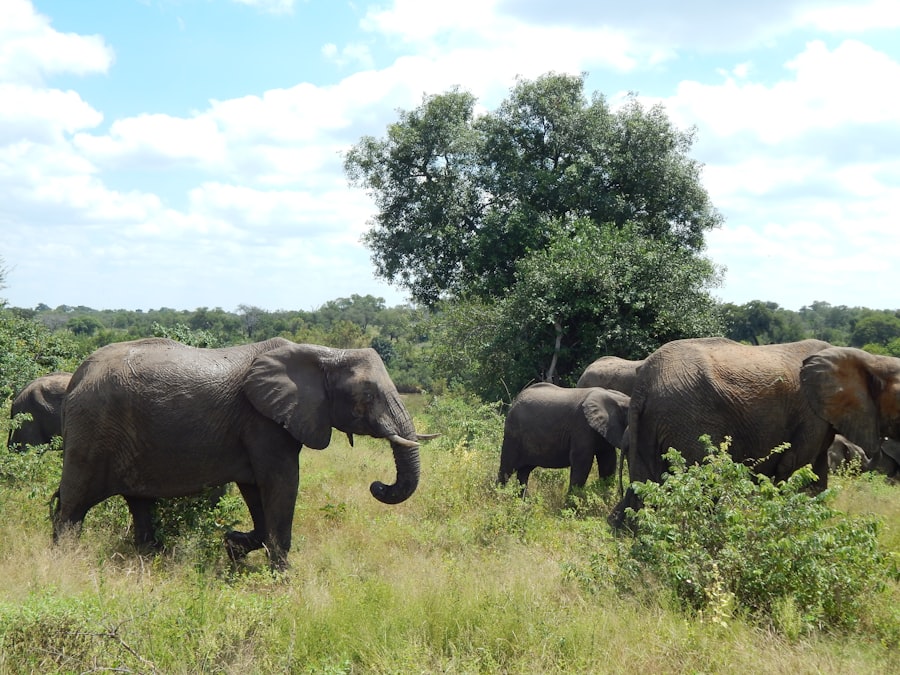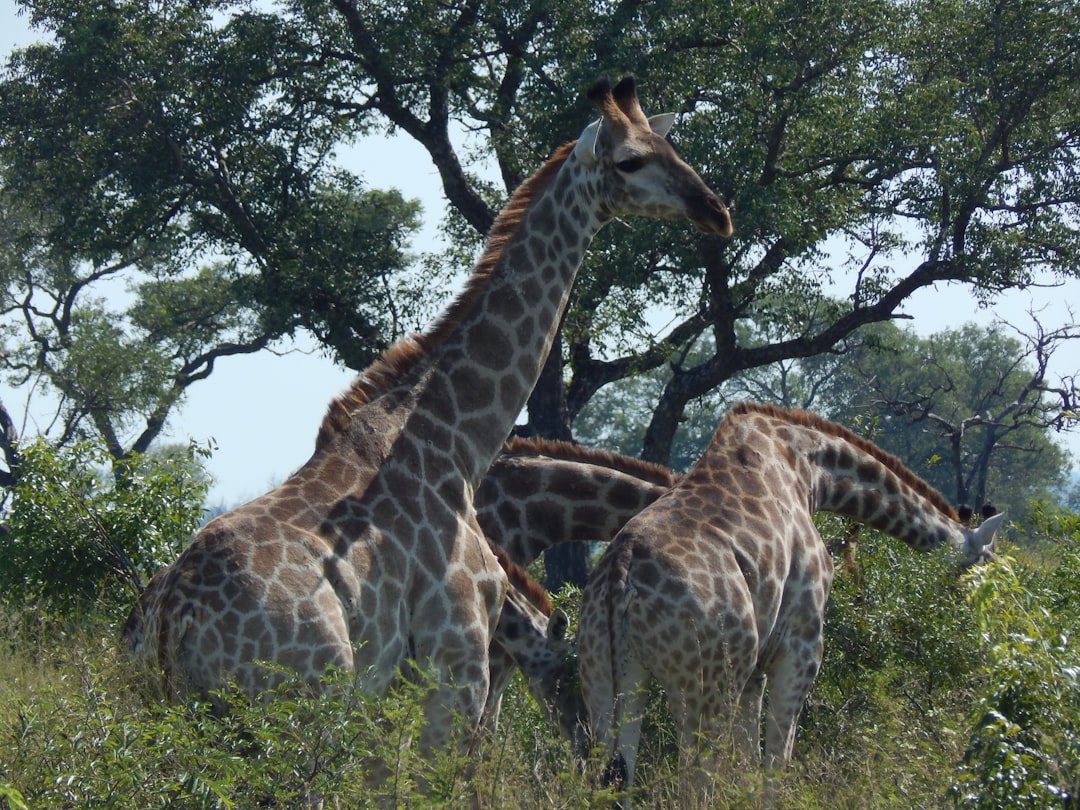India’s geographical landscape is a tapestry woven with a multitude of terrains, ranging from the towering Himalayas in the north to the coastal plains of the south, and from the arid deserts of Rajasthan to the lush forests of the Western Ghats. This diversity is not merely a visual spectacle; it plays a crucial role in sustaining the ecological balance and supporting the livelihoods of millions. The varied terrains contribute to a rich array of ecosystems, each with its unique flora and fauna, which are essential for maintaining biodiversity.
The preservation of these diverse terrains is vital not only for environmental health but also for cultural heritage, as many communities have evolved in harmony with their surroundings. The significance of preserving India’s diverse terrain extends beyond ecological considerations. It is intricately linked to the socio-economic fabric of the nation.
Many indigenous and local communities depend on these landscapes for their livelihoods, utilizing natural resources sustainably for agriculture, fishing, and gathering. The preservation of these terrains ensures that these communities can continue their traditional practices, which are often aligned with conservation efforts. Furthermore, diverse terrains contribute to climate regulation, water purification, and soil fertility, all of which are essential for agricultural productivity and food security.
As India grapples with the challenges posed by climate change and rapid urbanization, the need to protect its diverse landscapes becomes increasingly urgent.
Key Takeaways
- India’s diverse terrain is crucial for maintaining ecological balance and supporting a wide range of plant and animal species.
- Indigenous communities have a deep connection to nature and play a vital role in preserving India’s natural environment.
- Urbanization has a significant impact on India’s natural environment, leading to habitat destruction and loss of biodiversity.
- India is home to several biodiversity hotspots that require conservation efforts to protect the unique flora and fauna found in these areas.
- Traditional ecological knowledge held by local communities is essential for sustainable development and should be integrated into conservation efforts.
- Government policies play a crucial role in balancing development and environmental conservation in India, and must prioritize the protection of natural resources.
Indigenous Communities and Their Connection to Nature
The Spiritual Connection to the Land
Many indigenous groups view themselves as an integral part of the environment, believing that their well-being is inextricably linked to the health of the land. This worldview fosters a sense of responsibility towards conservation, as they recognize that their survival depends on maintaining the delicate balance of their ecosystems.
Traditional Ecological Knowledge (TEK)
The knowledge held by these communities is often referred to as Traditional Ecological Knowledge (TEK), which encompasses their understanding of local species, seasonal cycles, and ecological relationships. For instance, the Gond tribe in central India practices sustainable forest management techniques that have been passed down through generations, ensuring that they harvest resources without depleting them.
Integrating TEK into Modern Conservation
This knowledge is not static; it evolves as communities adapt to changing environmental conditions. For example, the Baiga tribe in Madhya Pradesh has developed intricate agricultural practices that align with the natural rhythms of their environment, allowing them to cultivate crops while preserving soil health. By integrating TEK into modern conservation strategies, policymakers can create more effective and culturally sensitive approaches to environmental management that honor the wisdom of indigenous peoples.
The Impact of Urbanization on India’s Natural Environment

Urbanization in India has accelerated at an unprecedented rate over the past few decades, driven by economic growth and population migration from rural areas to cities.
The conversion of green spaces into concrete jungles has led to habitat destruction, loss of biodiversity, and increased pollution levels.
For instance, cities like Delhi and Mumbai have witnessed a dramatic decline in air quality due to vehicular emissions and industrial activities, posing severe health risks to residents. Moreover, urbanization has disrupted traditional land-use patterns and water management systems that have sustained rural communities for generations. The construction of infrastructure such as roads and buildings often encroaches upon wetlands and forests, leading to soil erosion and increased vulnerability to flooding.
The Ganges River, once revered as a lifeline for millions, has become heavily polluted due to industrial waste and untreated sewage from urban areas. This degradation not only threatens aquatic life but also jeopardizes the livelihoods of those who depend on the river for fishing and agriculture. As urban areas continue to expand, it is imperative to adopt sustainable urban planning practices that prioritize green spaces and integrate nature into cityscapes.
Biodiversity Hotspots in India and Their Conservation
India is home to several biodiversity hotspots recognized for their exceptional levels of plant and animal species endemism. These regions are critical for global conservation efforts due to their unique ecosystems and high levels of threat from human activities. The Western Ghats, for example, is one such hotspot that harbors over 7,400 species of flowering plants, 139 mammal species, and 508 bird species.
However, this rich biodiversity faces significant threats from deforestation, agriculture expansion, and urbanization. Conservation initiatives in this region have focused on creating protected areas and promoting sustainable land-use practices among local communities. Another notable biodiversity hotspot is the Eastern Himalayas, which encompasses parts of northeastern India.
This region is characterized by its diverse climatic conditions and topography, resulting in a wide variety of habitats ranging from subtropical forests to alpine meadows. The Eastern Himalayas are home to several endangered species, including the red panda and snow leopard. Conservation efforts here have included community-based programs that empower local populations to engage in wildlife protection while benefiting economically from eco-tourism initiatives.
By fostering a sense of ownership among local communities, these programs aim to create a sustainable balance between conservation and development.
Traditional Ecological Knowledge and Its Role in Sustainable Development
Traditional Ecological Knowledge (TEK) represents a wealth of information accumulated over generations by indigenous communities regarding their local environments. This knowledge encompasses practices related to agriculture, resource management, and conservation strategies that have proven effective in sustaining ecosystems over time.
For instance, the practice of shifting cultivation among certain tribal groups in northeastern India exemplifies how TEK can inform sustainable agricultural practices. By rotating fields and allowing fallow periods for soil recovery, these communities maintain soil fertility while minimizing environmental degradation. Additionally, TEK often includes knowledge about medicinal plants used in traditional healing practices, which can contribute to biodiversity conservation by promoting the cultivation and protection of native species.
Integrating TEK into modern development frameworks can enhance resilience against climate change impacts while preserving cultural heritage.
The Role of Government Policies in Balancing Development and Environmental Conservation

Government policies play a crucial role in shaping the relationship between development and environmental conservation in India. As the country strives for economic growth, it faces the challenge of ensuring that development does not come at the expense of its rich natural heritage. Policies aimed at environmental protection must be integrated into broader development strategies to create a sustainable future.
The National Biodiversity Action Plan (NBAP) serves as a framework for conserving India’s biological diversity while promoting sustainable use of resources. Moreover, initiatives such as the Forest Rights Act empower indigenous communities by recognizing their rights over forest resources and involving them in conservation efforts. By granting legal recognition to traditional land-use practices, this act fosters a collaborative approach to forest management that respects both ecological integrity and community livelihoods.
Additionally, government programs promoting renewable energy sources aim to reduce reliance on fossil fuels while addressing energy needs in rural areas. However, challenges remain in effectively implementing these policies due to bureaucratic hurdles and competing interests from various stakeholders. Striking a balance between economic development and environmental conservation requires ongoing dialogue among government agencies, local communities, and civil society organizations.
By fostering collaboration and prioritizing sustainable practices in policy formulation, India can work towards a future where development coexists with ecological preservation.
In addition to exploring the interface between nature and humanity in India’s diverse terrain, readers may also be interested in delving into the philosophical landscape of contemporary Indian philosophy and its salient features. This article provides insights into the rich philosophical traditions that have shaped Indian thought. Understanding professional ethics is also crucial in navigating the complex relationship between nature and humanity, making this resource a valuable read. Additionally, for those looking to enhance their outdoor spaces, expert recommendations on the best shrubs for privacy and landscaping can be found in this article.
FAQs
What is the interface between nature and humanity?
The interface between nature and humanity refers to the interaction and relationship between the natural environment and human society. It encompasses the ways in which humans impact the natural world and how the natural world in turn affects human societies.
How does India’s diverse terrain impact the interface between nature and humanity?
India’s diverse terrain, which includes mountains, forests, deserts, and coastal areas, provides a wide range of ecosystems and natural resources that influence the way in which humans interact with and depend on the natural environment.
What are some examples of the interface between nature and humanity in India?
Examples of the interface between nature and humanity in India include the sustainable use of natural resources such as water and forests, the impact of urbanization and industrialization on the environment, and the conservation of wildlife and biodiversity.
How does the interface between nature and humanity impact sustainable development in India?
The interface between nature and humanity has a significant impact on sustainable development in India, as it influences the country’s ability to balance economic growth with environmental conservation and social equity.
What are some initiatives in India aimed at managing the interface between nature and humanity?
Initiatives in India aimed at managing the interface between nature and humanity include the implementation of environmental regulations, the promotion of sustainable agriculture and forestry practices, and the establishment of protected areas for wildlife conservation.






















+ There are no comments
Add yours